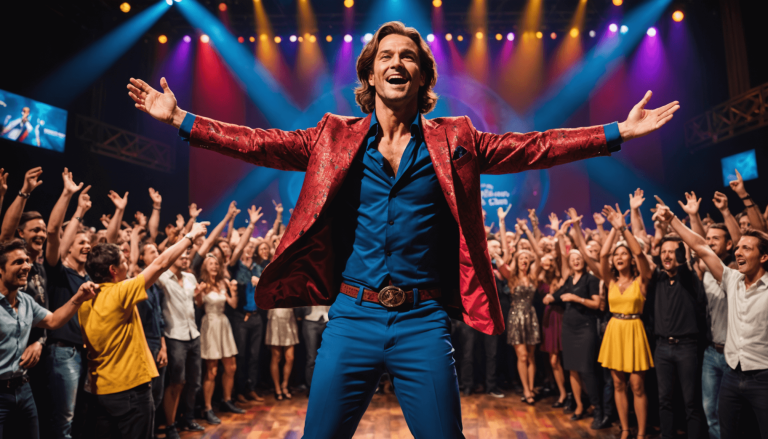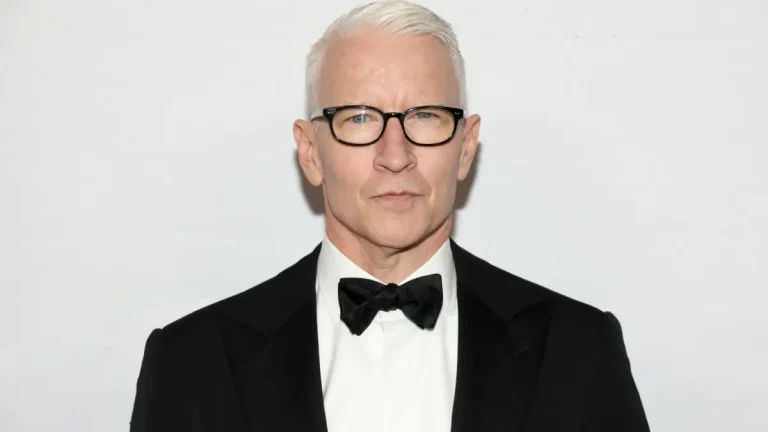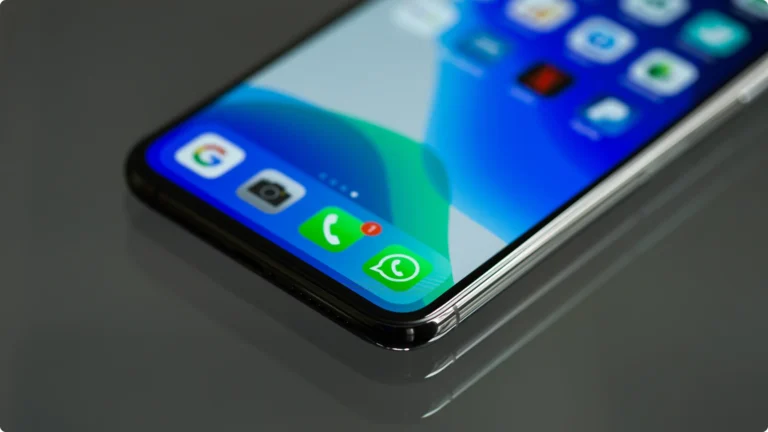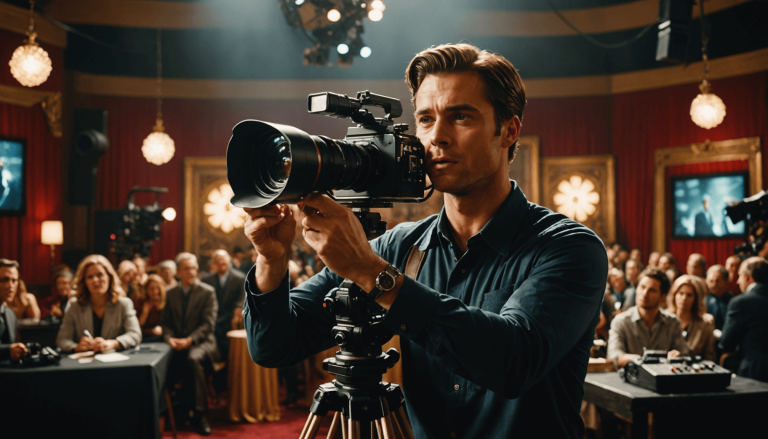Steve Young wasn’t just a quarterback. He was one of the fiercest competitors to take an NFL snap—a Hall of Fame talent who turned broken plays into highlight reels and led the 49ers through a generational transition. But behind all that brilliance was a story hardly talked about in real-time: the price he paid with …
How Sports Have Changed Since Steve Young’s Concussion
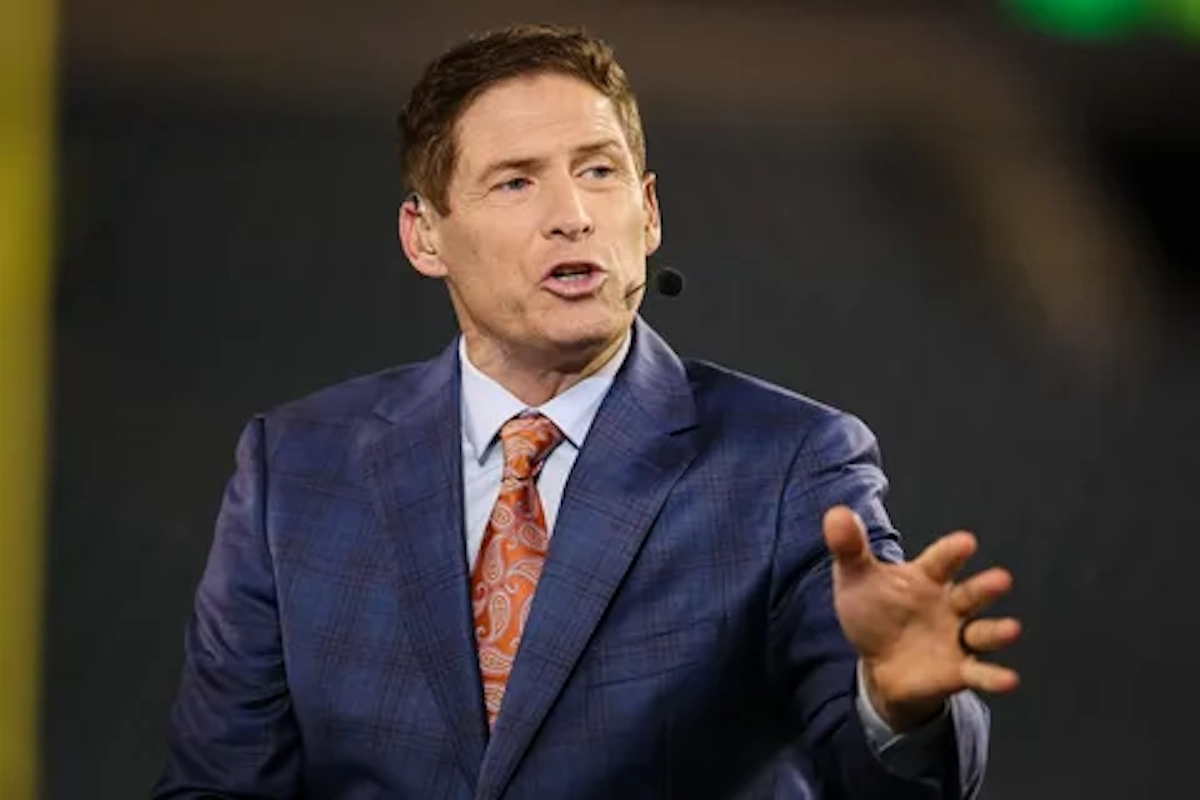
Steve Young wasn’t just a quarterback. He was one of the fiercest competitors to take an NFL snap—a Hall of Fame talent who turned broken plays into highlight reels and led the 49ers through a generational transition. But behind all that brilliance was a story hardly talked about in real-time: the price he paid with his head.
It wasn’t one hit that ended Young’s career. It was a stack of them. Blow after blow, some obvious, some not, added up until his brain said “no more”—even if his will said “keep going.” His career-ending concussion in 1999 was more than a game-stopper. It became a wake-up call for the entire league and forced the NFL to take a long, uncomfortable look at how it handled concussions.
Today, we’re still feeling the ripples. From athlete support systems to advances in concussion diagnosis and treatment, Steve Young’s story marked the start of a new chapter in sports medicine head injury management—and exposed the NFL’s lag in protecting its own.
Introduction To Steve Young’s Concussion Story
When you think “NFL legend,” Steve Young is in that first breath. Super Bowl champion. Two-time MVP. A lefty gunslinger with feet that could dance past defenders.
But his career didn’t end in triumph. It ended in silence—on a September night in 1999 after a hit that wouldn’t let him shake the haze. That final concussion wasn’t just a statistic. It was the culmination of years of head trauma that spiraled into health fears and early retirement.
Young’s concussion history is well-documented—seven known concussions, and likely more unreported. Between 1996 and 1999 alone, he took four brutal blows. Every time he went down, the norm wasn’t evals and rehab—it was smelling salts and “get back out there.”
But something shifted. Young didn’t chase one last contract. He stepped away. Voluntarily. In doing so, he took control of his future in a way that few athletes did back then. His decision sparked conversations that stretched beyond locker rooms—into living rooms, league offices, and sports medicine labs.
That pain became fuel. Young turned his own trauma into purpose, pushing the NFL and the public to reckon with the very real—and very lasting—costs of ignoring brain health.
Steve Young Injury Analysis: A Case Study In NFL Concussions
Let’s break it down.
We’re talking about a quarterback who took hits not just from pass rushers, but from decades of ignorance around athletic head injuries.
Here’s the timeline:
| Year | Incident | Impact |
|---|---|---|
| 1996 | Suffered multiple concussions across the season | Reported disorientation and memory fog |
| 1997 | Listed on injury report with head trauma | Continued play with minimal protocol |
| 1999 | Final concussion against Arizona Cardinals | Struck unconscious—never played again |
That final concussion? It wasn’t visually dramatic. But for Young, it was the one that flipped the switch.
He took a clean hit from Aeneas Williams and stayed down. No leap to his feet. No rallying the offense. Just a fog. Dizzy. Confused. He later admitted he tried to convince himself he was fine—but this time, he wasn’t.
Stanford neurologist Dr. Gary Steinberg conducted evaluations and found no structural damage. But what he did see was clear: Young’s brain wasn’t bouncing back the way it used to. That’s when the conversation shifted from “when will he return?” to “what if he doesn’t?”
Emotionally, that moment hit harder than any sack. Young loved football. Obsessed over it. Built his life around it. Walking away hurt—and it scared him. But he prioritized his long-term well-being over short-term glory.
And that choice? It gave his story weight. It made other athletes look in the mirror and ask, “Is it worth it?”
Back then, pushing through concussions was branded as toughness. But what it really was… reckless.
- Players weren’t educated on the long-term risks
- Trainers were under pressure to clear stars fast
- No objective tools existed to catch lingering or hidden symptoms
That culture? It taught players to ignore signs of damage and just keep playing. Young broke through that mold by stepping away—before it was too late.
NFL’s Concussion Protocols During Steve Young’s Era Vs. Today
Let’s just say it—during the late ‘90s, the NFL’s concussion management was a dumpster fire.
Young’s own concussions were never officially recorded in the league’s 1996–2001 injury data. You read that right. According to the books, the San Francisco 49ers had exactly zero concussions reported during that window—even with Young visibly shaken and pulled from games.
The reason? Suppression. Concussions like Young’s and even Troy Aikman’s were deliberately left out of studies the NFL used to downplay brain risks. It wasn’t just a miss. It was a cover-up.
That lack of transparency delayed real change and fueled a legal firestorm—including the league’s eventual $1 billion settlement with former players.
Fast forward to today?
The league’s made moves:
- Independent concussion spotters in every game
- Mandatory baseline cognitive testing in preseason
- Adoption of SCAT6 evaluations and enhanced return-to-play steps
Players now go through multi-step clearance systems. They can’t just say, “I’m fine,” and jump back in.
Is it perfect? No shot.
There’s still:
– Dependency on player honesty in symptom reporting
– Inconsistency in how protocols are enforced across teams
– Limited use of cutting-edge tech like Eye-Sync despite strong validation
But it’s miles better than the shrug-it-off era Steve Young had to endure.
Fact is, today’s players walk onto the field backed by policies built in the aftermath of heroes like Young risking everything without those protections.
He paid the price. The rest now play safer because he did.
The Role of Sports Medicine in Treating and Preventing Head Injuries
For years, recovering from a concussion meant one thing—total rest. Lights out, no screens, stay in a quiet room. This “cocooning” method aimed to protect the brain from further stress, but it often left athletes feeling isolated and unclear on when they’d truly be ready to return. Steve Young experienced this firsthand after multiple concussions during his NFL career. Instead of getting back to form, he felt stuck, sidelined for weeks with little sense of progress.
That old-school approach is fading. Modern sports medicine now leans into active rehabilitation, a game-changer for how concussions are handled. Research out of the University at Buffalo and other medical centers shows that light aerobic activity—done just days after the injury—can help the brain heal faster. This is especially true when guided by trained specialists who know how to pace recovery based on brain function and not just symptoms.
Today’s protocols tailormake recovery strategies. No two athletes are the same, and neither are their concussions. For instance, Sarah Polley, a filmmaker and athlete, credited her bounce-back to targeted vestibular and oculomotor rehab at UPMC—pinpointing her eye tracking and balance, which had quietly gone rogue after injury. These personalized programs have reshaped the recovery timeline, keeping athletes engaged and focused.
On the prevention side, sports medicine has gotten sharper too. Helmets used across college and pro football have gone through serious upgrades. Companies like Riddell are building new models that absorb shock more effectively, while sensors track cumulative impacts—a big deal when you realize most concussions aren’t knockouts, but the result of smaller, repeat blows over time.
- Enhanced helmet design focuses on rotational force dampening.
- Rule changes—like targeting penalties and kickoff adjustments—cut down on risky contact zones.
The NFL’s recent drop in reported concussions points to progress, but it’s a slow evolution. Thanks to athletes like Steve Young, who stepped away rather than risk his long-term brain health, that shift from passive to proactive is finally taking root.
The Science of Concussion Diagnosis and Recovery
Diagnosing a concussion has traditionally relied on how the athlete says they feel. That’s a major flaw. After all, most want to play, not sit. That’s why the rise of objective tools like Eye-Sync goggles has stirred excitement in the sports medicine world. These high-tech goggles track how an athlete’s eyes move—tiny patterns that can reveal brain dysfunction even before symptoms show.
Used now in the Pac-12 and Big 12, Eye-Sync is just one example of the move toward real-time, measurable data. Alongside platforms like the SCAT6, these tools let teams spot trouble early, adjust protocols fast, and build smarter rehab timelines.
Once a concussion is diagnosed, recovery today is no longer one-size-fits-all. Take vestibular and oculomotor therapy—these focus on balance, spatial awareness, and eye coordination. They’re especially useful for athletes who struggle with dizziness or depth perception after an injury. Steve Young referenced similar lasting effects, reinforcing the need to treat more than just the obvious.
Mental health is another hidden battle during concussion recovery. Anxiety, depression, and mood swings are often dismissed as afterthoughts, but for many athletes, they’re the biggest barriers to returning to normal life. That’s why some programs now include sports psychologists early in the process.
- Daily guided cardio tasks, usually on a stationary bike or treadmill.
- Eye-tracking drills and visual memory games to restore neural pathways.
- Nutrition plans rich in omega-3s and antioxidants to support brain repair.
Dr. John Leddy, one of the field’s pioneers, argues that sticking to light activity—not just waiting in a room—can be the key to feeling better faster. Combined with proper fuel, cognitive challenges tailored to injury level, and emotional support, recovery becomes a full-spectrum mission—not just a waiting game.
Athletic Awareness of Long-Term Brain Health
A decade ago, most athletes didn’t think twice about a blow to the head. It was part of the job. But stories like Steve Young’s concussion journey turned that old mindset inside out. His decision to retire early, after multiple head injuries and a scary knockout in 1999, sparked a new question: Is greatness worth long-term damage?
That moment shifted the gear for a lot of young athletes. What wasn’t being talked about before—things like post-concussion syndrome or CTE—are now part of locker room conversations. Coaches, parents, and teams are on high alert for signs that used to go ignored. A player who reports headaches, memory glitches, or irritability isn’t brushed off—they’re sent for evaluation.
Now, there are real strategies to manage what comes after the diagnosis. Scoring high in math class doesn’t mean you’re good to go if your brain is foggy after practice. That’s where return-to-learn frameworks come in, especially for student-athletes. They help coaches and teachers work together so athletes don’t fall behind while still healing.
- Educating players and families about early signs like sleep issues and emotional swings.
- Guidelines for graduated returns to school, practice, and games—with built-in flexibility.
Long-term studies are finally catching up too. Research from Boston University shows that a stunning number of former NFL players had signs of CTE—something Steve Young feared might happen to him. That fear has led to louder calls for better data tracking across high school, college, and pro levels, not just when someone gets carted off. It’s about the hundreds of small hits you don’t see.
Where once silence ruled, transparency is now the playbook. Thanks to players like Young, awareness of brain health is no longer niche—it’s essential.
Steve Young’s Advocacy and Influence on NFL Player Safety Reform
Let’s be real: how many players, especially Hall of Famers, walk away from glory to talk about head trauma? Not many. But Steve Young’s concussion history flipped that script. After taking his fair share of brutal hits, including a career-ender in ’99, he didn’t just retire quietly. He got loud—real loud—about fixing the system.
Post-retirement, Young didn’t settle for analyst gigs and nostalgia. He went headfirst into the messy truth: NFL protocols were lagging, vague, and way too cushioned behind corporate walls. At multiple sports medicine conferences—including Stanford’s Sports Concussion Summit—he pulled zero punches, calling for reform in how athletes are treated both on and off the field. His key takeaway? Players shouldn’t need a PhD to understand the risks they’re signing up for.
Young constantly pushed for transparency in concussion research. He slammed the NFL over the clear gap between what was happening on the sidelines and what was being published in peer-reviewed journals. When The New York Times revealed that dozens of concussions—including Young’s own—had been left out of league studies, he used that disclosure like a machete to cut down old narratives.
And it made waves. You see it in players like Tua Tagovailoa, who straight-up told the media he contemplated walking away after his own concussion setbacks. That kind of decision-making? It stems from watching guys like Young publicly choose health over heroism.
Young’s legacy isn’t just what he did on the field—it’s what he demanded from football after he left it. Today, there’s a generation of athletes asking harder questions, demanding better answers, and not blindly following locker-room culture. Steve Young helped write that new playbook.
Challenges in Balancing Player Safety with Football Traditions
Let’s talk about the elephant in the huddle: can you really make football safe without stripping it of what makes it football?
Fans love big hits. Coaches preach physicality. But those same moments are also the ones that send players into dark rooms, battling migraines, sensitivity to light, and worse. It’s a brutal tension. The game thrives on aggression—yet that’s also its biggest health liability.
Over the last few seasons, we’ve seen helmet-to-helmet hits draw flags and fines faster than you can say “personal foul.” Sure, concussions are down—NFL reports showed around a 17% dip last season. That’s good. Problem is, for every big collision prevented, there’s a slew of smaller hits—the “subconcussive” ones—you don’t see on highlight reels. Those? They add up fast.
Then there’s the resistance—from players, coaches, even some fans. Some still see injury as part of the grind, a badge of honor. You don’t undo decades of dogma with a single rulebook change. As soon as someone gets benched after “clearing protocol,” whispers about softness and toughness resurface.
- Helmet redesigns—they’ve helped, but they can’t eliminate rotational force.
- Position-specific rules aim to protect QBs, but what about linemen or safeties?
- Player buy-in—education can move the needle, but some still prefer old-school grit to new-school science.
What’s clear is that safety and brutality can’t coexist forever. The sport needs to evolve without losing its identity—and that’s not a tweak, it’s a total mindset shift.
The Path Forward: Innovations and Future Directions in Sports Medicine
Here’s where things get interesting. We’re stepping into an era where science, tech, and football are finally on the same team.
For years, diagnosing a head injury was like playing a guessing game with a blindfold. But now? Eye-tracking technologies like Eye-Sync goggles are turning vague symptoms into objective data. The Pac-12 and Big 12 have already jumped on board. While the NFL still leans on old-school assessments (think SCAT6), it’s clear: evolution is happening—with or without them.
Research on CTE isn’t slowing down either. Boston University’s UNITE Brain Bank has diagnosed it in the vast majority of examined former NFL players. The call now is for longitudinal studies—assessing how current athletes may be affected while they’re still alive, still playing. And Steve Young? He’s been shouting from the rooftops about that since before it was trendy.
Prevention is the next frontier, and it’s not just about better helmets. It’s about training programs that teach athletes how to tackle smarter, not harder. It’s about load management during practices, limiting unnecessary contact, and refining drills that still build strength without launching brains against skulls.
And more importantly—it’s about working together. Leagues, medical researchers, insurers, player unions. No more fragmented approaches. We need alliances that actually put athletes over ad dollars.
The blueprint is there:
- Objective diagnostics for instant sideline evaluations
- Continuous data tracking to predict early signs of brain injury
- Educational programs for players, parents, and coaching staff
Breakthroughs are coming—fast. But the NFL and other leagues must choose: adapt or keep dragging their cleats while athletes pay the price.
Lifestyle Adjustments for Athletes Post-Concussion
So, what happens after the lights fade and the field’s behind you? That’s when the real game changes.
Living with the impact of a Steve Young concussion-style injury isn’t about bouncing back—it’s about building a new normal. These aren’t sprains that heal with rest. We’re talking memory lapses, mood swings, chronic headaches. Stuff that messes with your mornings, your work, your relationships.
Mental health is the biggest shadow here. Depression and anxiety rates in retired players are way higher than in the general population. Young has been brutally honest about that. He’s shared the anxiety he dealt with post-retirement—not for sympathy, but to let others know they’re not alone.
The roadmap forward includes:
- Neuropsychological support—therapy tailored for trauma-induced changes
- Vestibular and vision therapy to rebuild spatial awareness lost post-concussion
- Community and advocacy—platforms that provide both education and solidarity
It’s not about giving up sports—it’s about equipping athletes with tools to handle life after them. Adaptive routines, cognitive exercises, even diet modifications can all play a part in managing symptoms. But more than anything, it’s mindset. Understanding that recovery doesn’t end when the doc clears you—it’s a lifelong gameplan.
Steve Young’s taken that path—and made it public. Through openness, through advocacy, through relentless honesty. He’s turned the aftershock of injury into a wake-up call. Not just for athletes—but for the entire industry.


